Text: Matt Vrazo, Music: Stephane Garganigo (Barb)
Quick summary of Part 1: The OB-X8 sounds like a vintage Oberheim. And it’s got all the filters (multimode SEM and CEM 3320).
______________________________________________________
3) It has a bunch of big knobs
Yes, it has some menu stuff, but did you see the part about the knobs? Coming from a long run with the Oberheim Xpander and the Matrix-12, it’s hard to express how nice it is to just grab and turn. The same argument could also be made for the OB-6, but because many of its knobs are bipolar and also have strong null spots, you struggle to create small amounts of modulation.
Instead, like detuning, modulation on the OB-6 often goes from nothing to MAX in only a few increments, which tends to not be very musically useful. Programming this way requires enough patience (and failure) to almost negate it being knob-based to begin with …
I had no real issues with the Oberheim Xpander interface, it’s probably the best implementation of a multi-menu interface every devised (the John Bowen Solaris comes in a close second builds on this admirably). But because features weren’t right in front of you, I often forgot they were even there. Every 4th or 5th patch I might remember to add glide/portamento. Vibrato LFO?! Oh yeah!
On that last note: one of the least discussed but possibly greatest additions to the OB-X8 is the programmable vibrato LFO. Wow, what a difference does that makes for programming, as it leaves the main LFO to handle filter/PWM/VCA. If you told me I had to choose between the duller sound of the Oberheim OB-8 (which I truly loved) or the slightly brighter OB-X8 and its programmable 2nd LFO, I would still go for the OB-X8. And I did.
And the OB-X8 isn’t exactly a slouch in the modulation department, having all the same Page 2 features as the 8 and then some new ones. I never found these mod features to be super useful on the OB-8. They could conjure up some clever (for the time) effects and add a little more dynamism to a sound but for me the core sound was always achieved with the front panel controls. Now there’s a menu for these Page 2 functions which has actually made them much more useful … seeing the actual value for Mod1 delay or attack time is a lot easier than trying to “hear” it first before you mess it up entirely by turning a knob.
And now that LFO 2 is programmable, some of the other “clever” LFO features actually become useful. No, you can’t assign 5 LFOs to one oscillator like on the Xp, but similar to the OB-8 I always felt that a lot of the Xpander/Matrix-12’s power was more about studio trickery in the 80s, when busy session musicians needed to be able to modify sounds quickly, rather than any attempt to truly be “modular”. No audio rate LFOs and less than snappy envelopes were always a big downside to the Xpander, so at a basic level it was really not that much more powerful than an OB-8 if you take out the FM and filter smorgasbord.
4) The Oberheim OB-X8 is NEW
Another eyeroll from the peanut gallery no doubt but it’s hard to overstate how nice it is to turn on an Oberheim without first thinking, “what thing will not work right today?” Oberheims and Sequential synths didn’t just have an American sound, they also had an American build. This means that build quality suffered more on Mondays and Fridays and even then, mid-week QC was not rock solid. Moreover, it seems that a vast number of these machines have been subjected to the horrors of damp basements and my experience is that even if they worked fine to begin with, once they have spent 10 years ingesting dust, humidity, and rotting case foam, they will really never again work 100%, even after extensive repair. This is very unlike my experience with Japanese (Yamaha/Korg) synths that literally have been mostly rust and still turned on and played fine.
Ah, but your Vintage OB synthesizer has been in a studio most of its life, pampered and loved and played continuously. The knobs are still probably stiff or a pot wiper is grating against the resistance element somewhere or they don’t all have consistent torque. Or the keys are uneven, the bushings shot… Or the autotune occasionally fails when it hasn’t been played for a while… Or there are volume difference between the upper/lower voice cards that your tech simply cannot fix (it’s ironically authentic then that the OB-X8 initially suffered from this same problem).
With so many things that can go wrong on a Vintage Oberheim, turning on the OB-X8 without that apprehension is a welcome change!
5) It’s affordable
My thesis here is meant to focus solely on the units themselves, but in 2023 it’s impossible to not mention the price of vintage units. As of right now, you will spend no less than $6-8K for anything in the “OB” family or a Two-Voice (Pro). Double that for a Four-Voice (you’ll never see an Eight-Voice). All I will say is that these prices don’t reflect sound, but rather collector status or investment potential, and there’s no scenario where vintage pricing is justified relative to what you would pay for an OB-X8.
6) Everything perfect? Well …
Ok ok, so everything is perfect on the OB-X8? No, there is one major flaw: the oscillators will phase-lock. For those that haven’t experienced it, phase-locking is the occurrence of two oscillators naturally “syncing” to each other (as if you turned on the Sync function). On some synths they will lock and then stay that way until you significantly detune them, and on others they will drift apart on their own. The reason it’s not desirable is because those voices, now being perfectly in sync, are louder than the others and stand out like a sterile sore thumb.
It can technically happen on any synth, vintage or modern, though I’ve honestly never heard it on a vintage synth, including any Oberheim. It seems to be more prominent these days probably thanks to modern design factors like cleaner power and close parts placement. I should note that phase-locking is not the same as the extremely tight unison you can get on the OB-X8 where there is virtually no movement between the oscillators … the OB-8 could also achieve this.
All that being said, since I’ve received my current unit I had to go out of my way to actually hear any phase-locking, and in my basic testing it actually seems to happen on one voice at a time, and only when it’s tuned into the tightest unison possible.
Thankfully, the smallest amount of detuning on that voice will keep it from happening, as will any vibrato (oddly PWM doesn’t stop it from occurring). But this isn’t to say that you (or I) really have to think about preventing it in the first place. The voices have enough intra-oscillator variation across the keyboard that during normal playing I’ve never heard it.
Ah yes … keyboard. On a more personal-preference note, I much prefer the OB-8’s Matsushita keybed over the OB-X8’s Fatar keybed. I’m not a player, but playing the lightning-quick keys of a black Yamaha CS, for example, can make me feel like one.
Conversely, the sludgy Fatar keys almost dare you to try and play fast, so you don’t. I’m not sure how we got to this point. Synthesizers aren’t pianos but when it comes to key feel and weight, it kind of feels like the piano people have won. Or perhaps the marketing people simply figured out that if they used a more robust keybed they could also use the word “premium” and charge a little more.
Whatever the case, unless you are well-attuned to this style of more resistant keyboard, your playing experience will feel different to a vintage OB. Perhaps this is one argument for the desktop version, where you can choose your own controller keybed.
Summary
Getting those two qualms out of the way, we get back to the sonic greatness of the OB-X8. The synth can muster the clichéd man-cave marketable sounds from “two bands you probably heard yesterday on a classic rock station”, no problem. But it is equally capable of a sensitivity and moodiness that is both more captivating and more relevant to modern electronic music.
Think warm organic pads from Steve Roach “Structures from Silence” or Pulse Emitter (both OB-8 users) combined with the gauzy melancholy of Boards of Canada and some Roland Jupiter-6-style BP/HP resonant sweeps.
Adding velocity into the mix only adds to the expressivity of these types of sounds and the OB-X8 can easily hypnotize you with a few repeated notes and the slight natural variations in each one.
And while I can say that each of the OB-X8’s predecessors could capture different individual elements of the OB-X8, they could never do it all at once or in such an accessible, efficient package. And that, my friends, is why the OB-X8 is the best Oberheim ever.
Text: Matt Vrazo
x
Music: Stephane Garganigo
Oberheim OB-X8
Polyphonic Analog Synthesizer
8 Voices (16 VCOs)
Prices:
(10/2023)
Oberheim OB-X8: approx. 4,999 USD / 5,279 Euros
Oberheim OB-X8 Desktop: approx. 3,499 USD / 3,898 Euros
Website Manufacturer:
https://oberheim.com
Link / Comparison:
Oberheim OB-8 Review



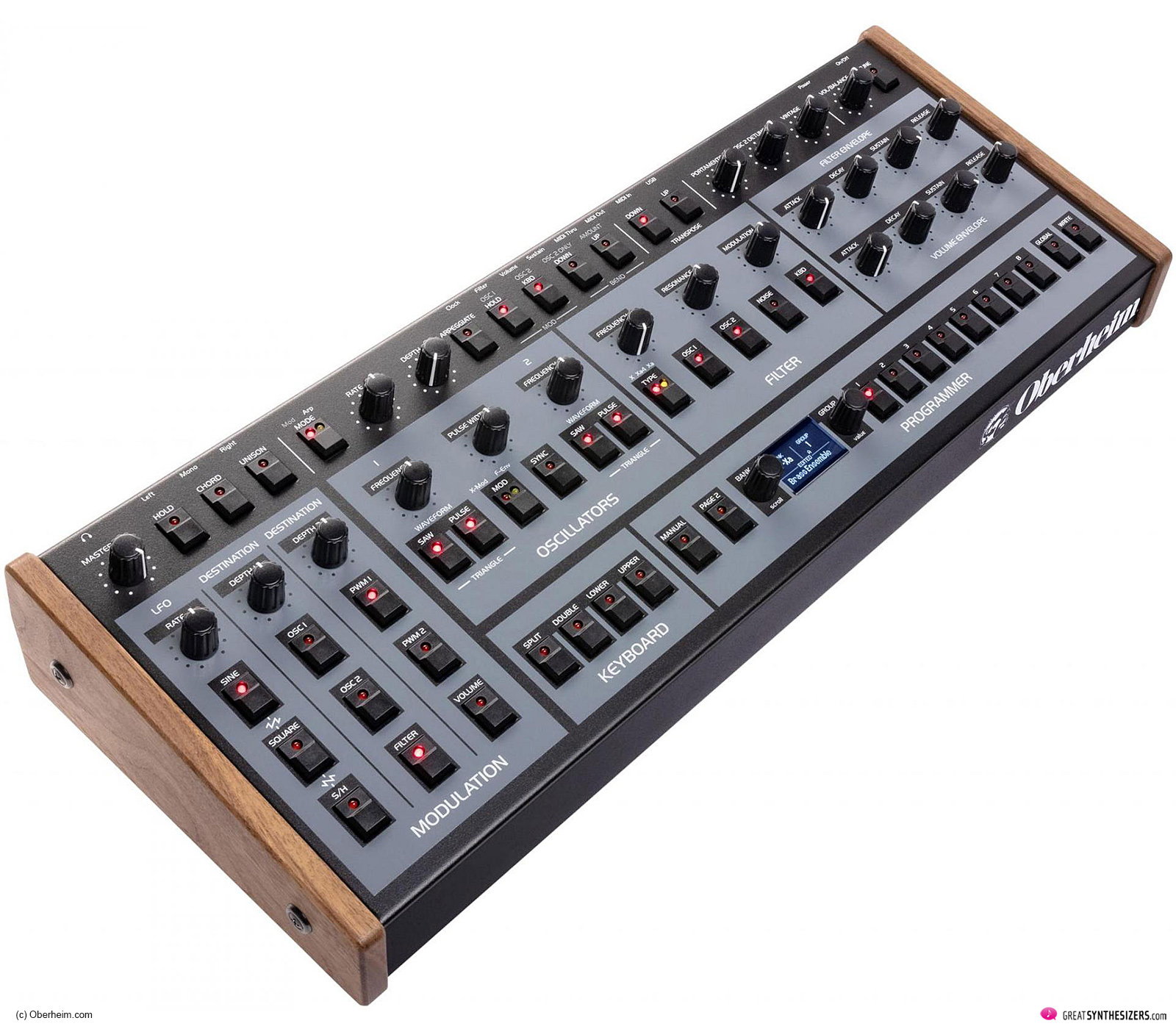
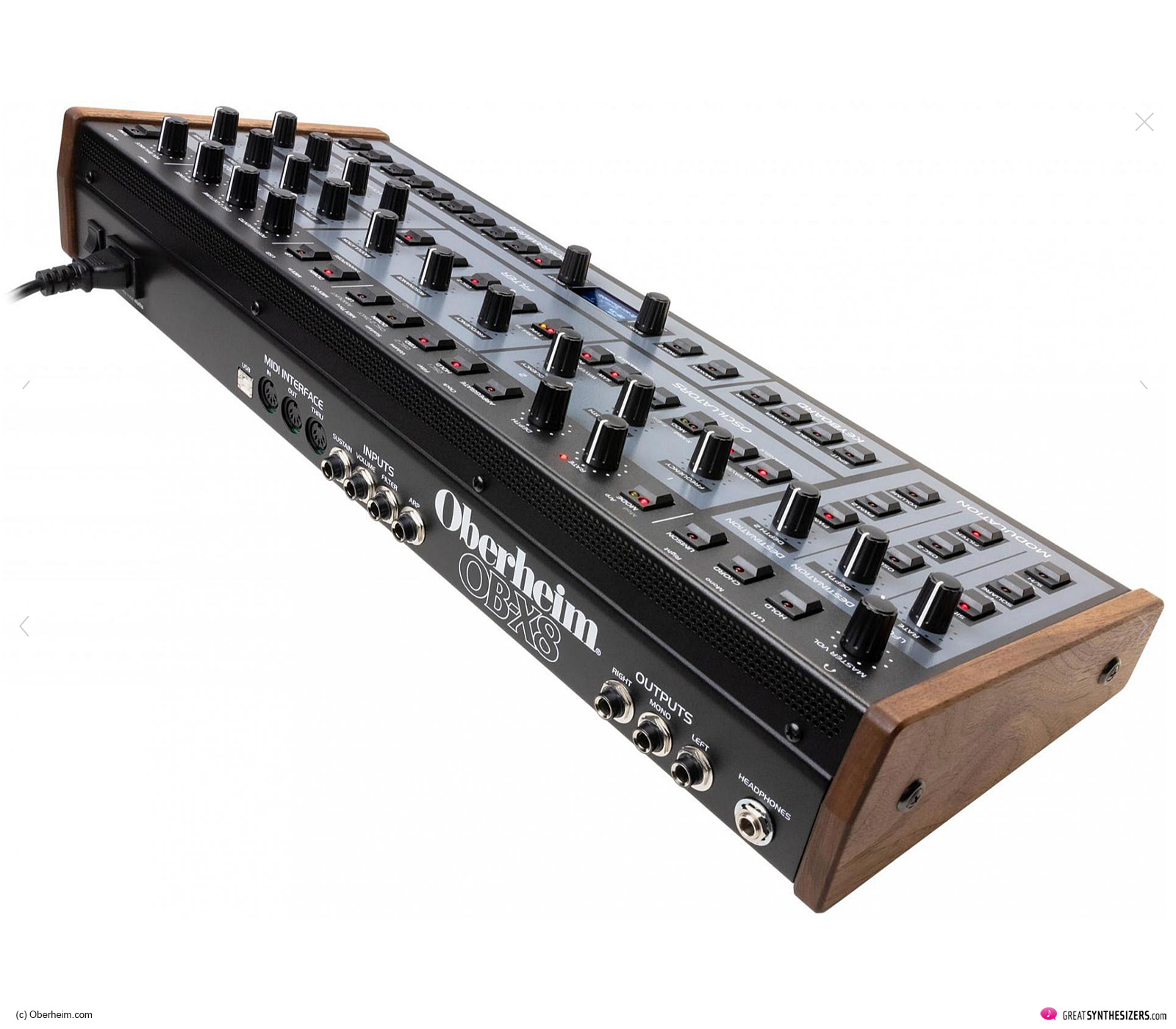
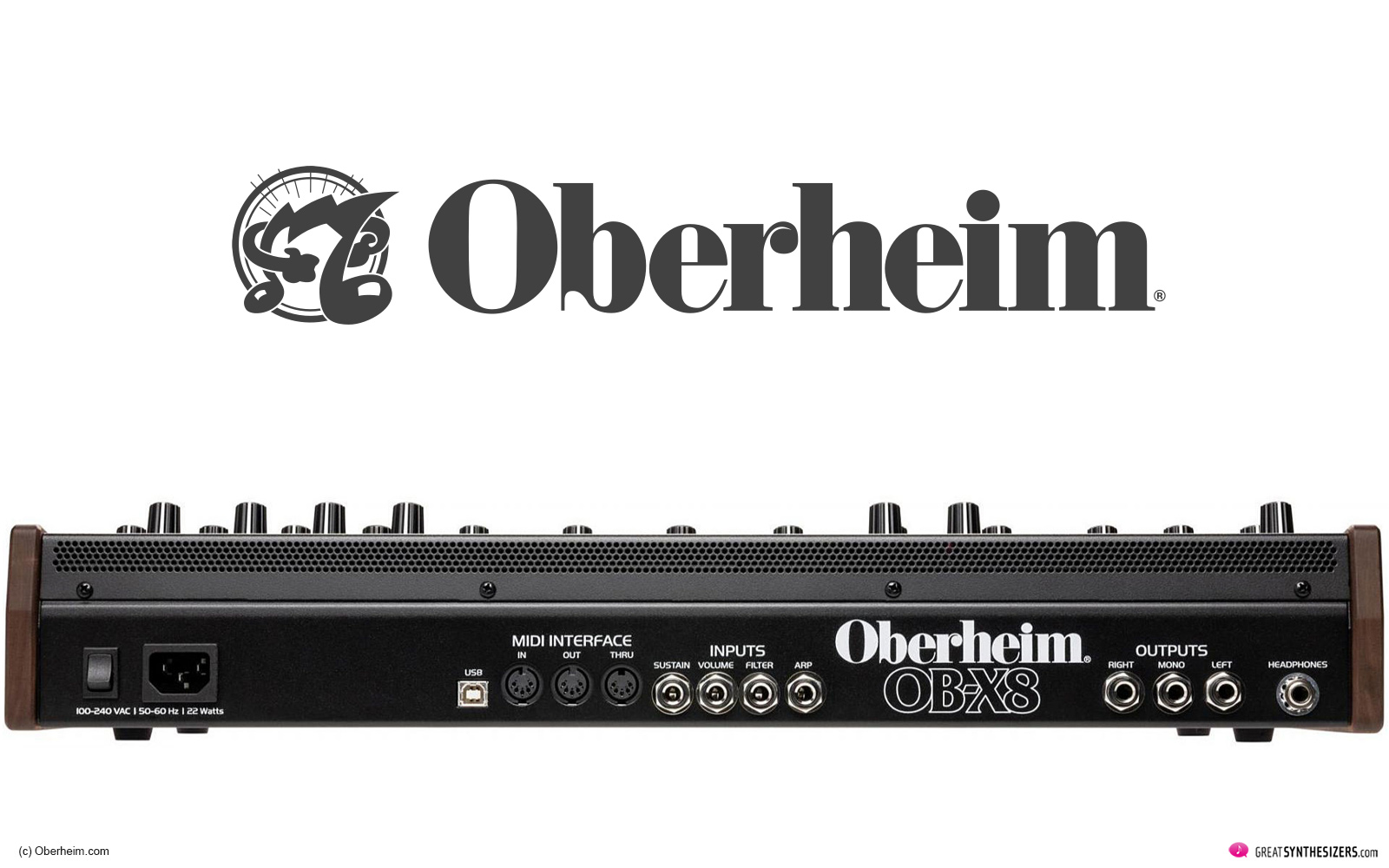
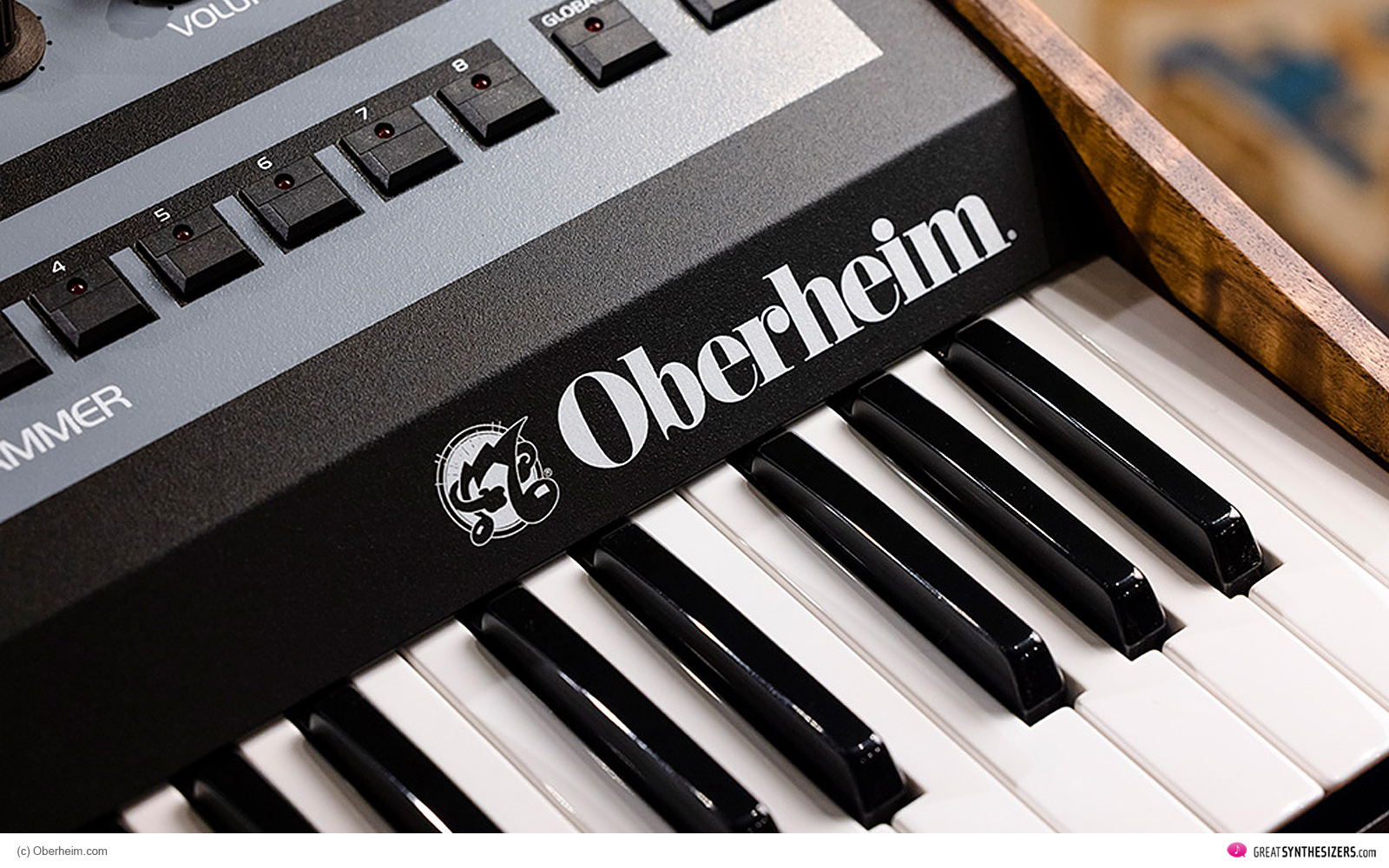
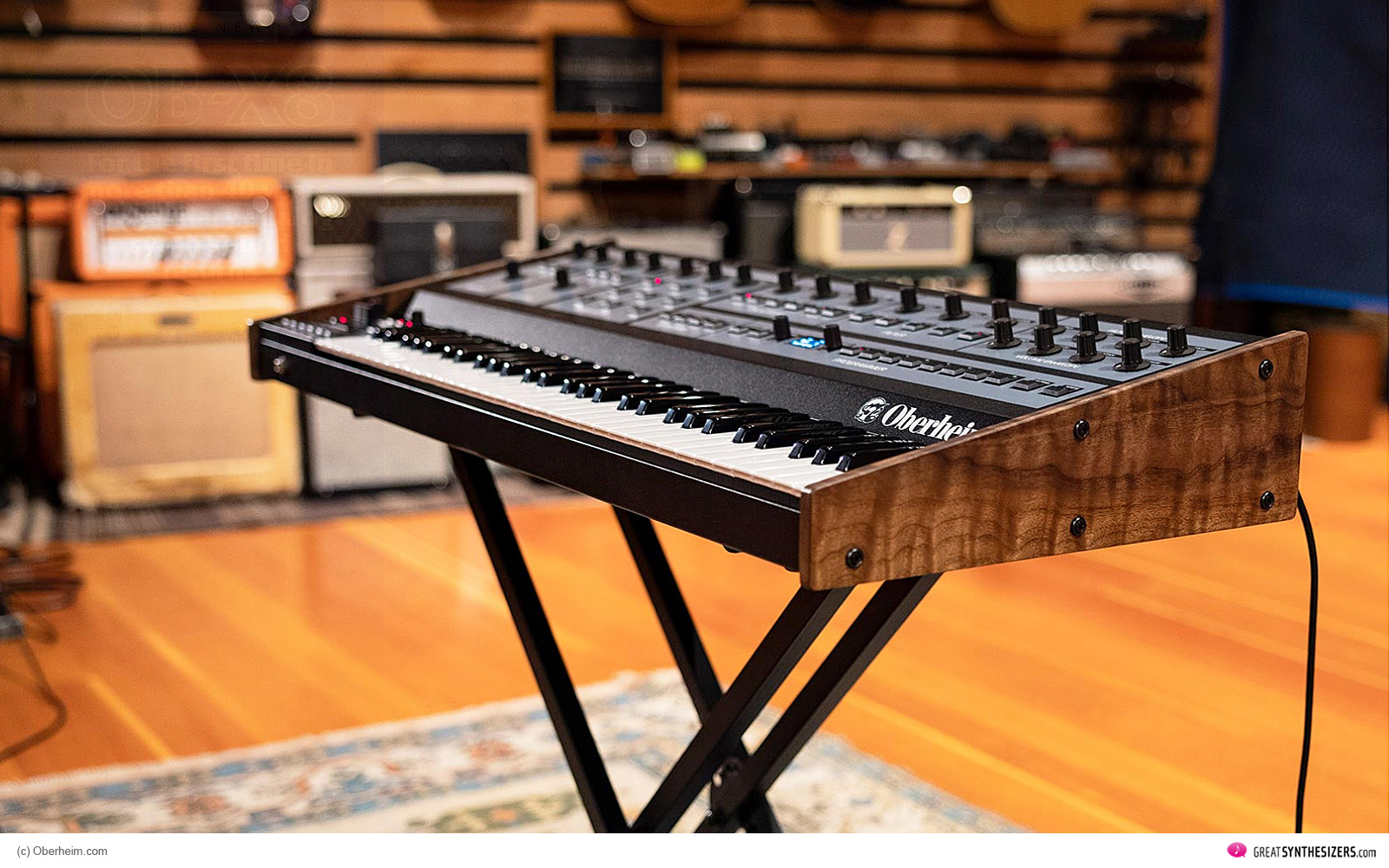

[…] Part 2 of the OB-X8 review discusses the advantages of its knob-based interface, the programmable vibrato LFO, improved modulation features, and the reliability of a new synthesizer compared to vintage models. The OB-X8 offers a refreshing experience with its easy-to-use interface and improved functionality. It also addresses the issues of build quality and reliability that often plague vintage Oberheim synthesizers. Additionally, the OB-X8 is priced affordably, making it an attractive option for musicians. Read the full review to learn more about the OB-X8’s features and performance. Read more […]
Being an ob-8, -6, -sx and xpander-user I’m a bit on the fence about whether or not to “trade in” the ob-8 for an x8. What mainly constitutes the fence for me are all the little details I love about the ob-8, that I don’t know if the x8 has.
First of all: that true Oberheim sound. ALL dsi/modern sequential synths have a bit too stressed hi frequencies for my ears. If the vintage classics are vinyl, all dsi/seq’s I have heard are cd’s by comparison. For better or worse. You mention hi freq’s on th x8…
Then there is the filter cv input. On the originals, this is of course fully analog, providing for things like sublime paraphonic filter fm. It also has a distinct negative offset; at zero mod input the filter cutoff is considerably lowered. This makes it possible to use keytracking and still have low filtered sounds. These two aspects of the filter cv input are things I cannot live without, as it would drastically alter the character of the instrument the way I use it. Does the obx8 have this analog and negatively offset filter cv input implementation?
Another thing I would not want to be without is that ALL settings remain when you turn the og ob’s. Your patch remains without saving until you change the patch or mode. This also goes for doubles, layers and splits. I absolutely love this feature. Pure luxury. Xpander, elektrons and yamaha vl1/7 also remember after power off. I suspect this was omitted from the x8?
One last GENIUS little detail on the ob-8 is the ŕandom mode for the arp. It is a “chronologically weighted” type of random. The first notes you entered get repeated the most, the last ones the least. Combined with the transpositions and arp trig input it makes for fabulous arp-compositions. Did this feature survive on the x8?
Thank you for reading, and for writing a nice review, hope you have time to answer my questions. And merry xmas to you all!